MISSE-FF
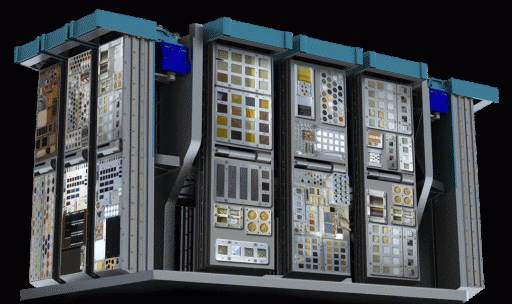
The Materials on ISS Experiment – Flight Facility (MISSE-FF) builds on the success of the original MISSE Passive Experiment Container concept which consisted of smaller and larger sample plates containing a variety of surface materials for exposure to the space environment outside the International Space Station for varying durations to inform satellite designers on how different materials degrade over time.
The first two MISSE experiments spent four years outside the Quest Airlock from 2001 to 2005; the MISSE-5 experiment contained over 200 flexible materials and a solar cell experiment exposed to space for 14 months; MISSE-3 and 4 spent one year on the outside of ISS with 875 specimens; MISSE-6A and 6B contained 400 samples and were exposed for one and a half years; the MISSE-7 PECs spent close to 1.5 years in space and the final of the original MISSE experiments, MISSE-8 and the special-purpose ORMatE exposure plate, spent over 2.5 years outside and were the first MISSEs to return on the SpaceX Dragon after the retirement of the Space Shuttle. In total, over 1,500 samples have been tested under the original MISSE program.
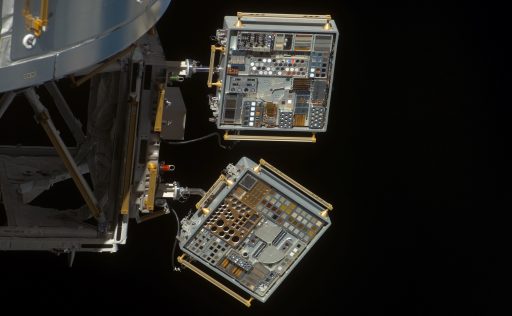
The MISSE-FF project takes one large step further than the original MISSE, creating a platform capable of holding 14 exchangeable sample modules for powered & heated payloads as well as passive experiments, supporting non-materials and materials experiments, and allowing for regular servicing and payload exchange at six-month intervals via robotics. MISSE-FF is a project of NASA’s Goddard Spaceflight Center, the University of Colorado and commercial partner Alpha Space Test & Research Alliance, LLC. Data collected by non-proprietary MISSE-FF experiments will be made available to the global community of researchers via NASA’s Physical Sciences Informatics (PSI) system.
Testing materials in space is of utmost importance to spacecraft designers since the various factors combining to create the unique space environment can not be recreated on Earth and testing is only possible for a few of the conditions found in space.
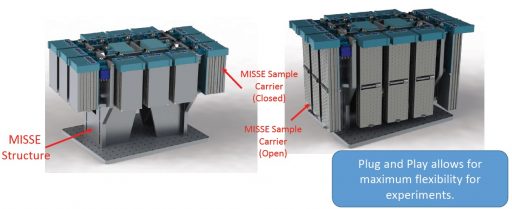
MISSE-FF enables samples to be brought into the space environment for a defined period of time, be monitored at various stages of exposure and then return to the ground for detailed laboratory analysis to get a full picture of their post-flight state.
Components built for long-term operation in space have to deal with vacuum conditions, extreme variations in temperature, direct ultraviolet radiation influx from the sun without protection from the atmosphere, a varying plasma environment depending on a vehicle’s orbit, atomic oxygen that is extremely corrosive, high-energy radiation, micrometeoroid and orbital debris strikes and factors introduced by aspects of operational missions like contamination by visiting vehicle exhaust plumes which can deposit corrosive propellant residuals on surfaces.
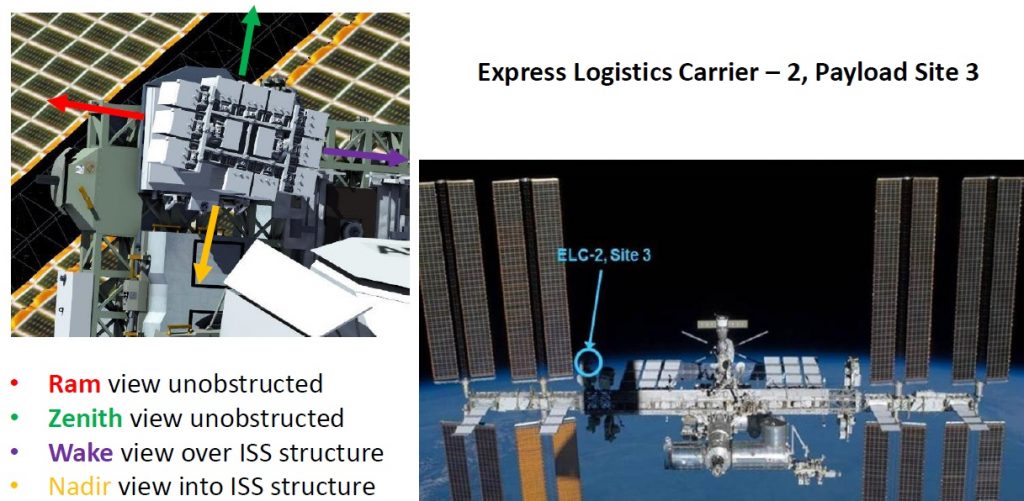
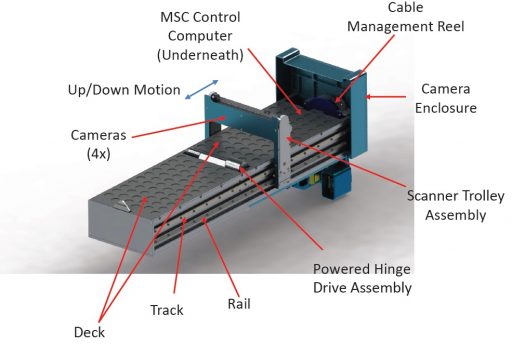
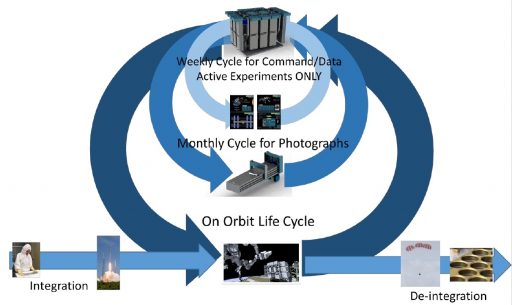
The MISSE-FF is a box-shaped payload hosting MISSE Sample Carriers (MSCs) on all external side panels. The physical size of experiments facilitated on the MSCs can vary from 2.5 x 2.5 centimeters to the full MSC size of 19.9 x 35.6 centimeters, supporting exposure durations from six months to three years. MSCs are controllable, allowing them to open and close to protect samples that do not tolerate visiting vehicle plumes, etc. An additional feature that was unavailable for previous MISSE flights are on-demand, high-resolution photo surveys of exposure samples via a Scanner Trolley Assembly that is part of each sample carrier assembly.
A MISSE Transfer Tray allows up to eight MSCs to be transferred to the outside via the Kibo Airlock and deliver MSCs that have completed their stay to the interior of ISS for return to Earth. Replacement of the MSCs will be completed by the Dextre robot that will hold the Transfer Tray with one arm while the other handles the MSCs.
A streamlined integration process has been developed for samples, allowing experiment operators to request non-standard features like electrical power and RS-422 data interfaces for active experiments and also chose the viewing direction of their experiment (ram [face on towards the velocity vector], wake [toward the anti-velocity vector], nadir [toward Earth] and zenith [toward space]).
The first MISSE-FF will be installed on ExPRESS Logistics Carrier 2, Payload Site 3, providing unobstructed views to ram and zenith, a partially obstructed view aft (wake) and a nadir view into ISS structure.
